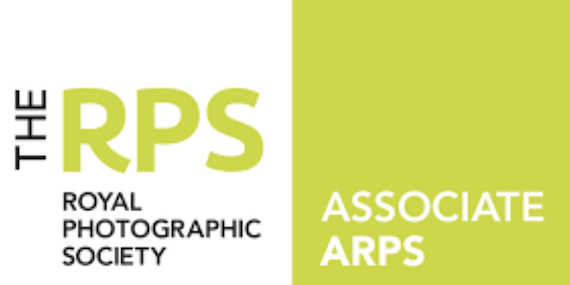DiCorcia alternates between informal snapshots and iconic quality staged compositions that often have a baroque theatricality.
Using a carefully planned staging, he takes everyday occurrences beyond the realm of banality, trying to inspire in his picture's spectators an awareness of the psychology and emotion contained in real-life situations. His work could be described as documentary photography mixed with the fictional world of cinema and advertising, which creates a powerful link between reality, fantasy, and desire.
During the late 1970s, during diCorcia's early career, he used to situate his friends and family within fictional interior tableaus, which would make the viewer think that the pictures were spontaneous shots of someone's everyday life when they were in fact carefully staged and planned in beforehand. His work from this period is associated with the Boston School of photography. He would later start photographing random people in urban spaces all around the world. When in Berlin, Calcutta, Hollywood, New York, Rome, and Tokyo, he would often hide lights on the pavement, which would illuminate a random subject in a special way, often isolating them from the other people in the street.
His photographs would then give a sense of heightened drama to the passers-by through accidental poses, unintended movements, and insignificant facial expressions. Even if sometimes the subject appears to be completely detached from the world around him, diCorcia has often used the city of the subject's name as the title of the photo, placing the passers-by back into the city's anonymity. Each of his series, Hustlers, Streetwork, Heads, A Storybook Life, and Lucky Thirteen, can be considered progressive explorations of diCorcia's formal and conceptual fields of interest. Besides his family, associates, and random people he has also photographed personas already theatrically enlarged by their life choices, such as the pole dancers in his latest series.
Using a carefully planned staging, he takes everyday occurrences beyond the realm of banality, trying to inspire in his picture's spectators an awareness of the psychology and emotion contained in real-life situations. His work could be described as documentary photography mixed with the fictional world of cinema and advertising, which creates a powerful link between reality, fantasy, and desire.
During the late 1970s, during diCorcia's early career, he used to situate his friends and family within fictional interior tableaus, which would make the viewer think that the pictures were spontaneous shots of someone's everyday life when they were in fact carefully staged and planned in beforehand. His work from this period is associated with the Boston School of photography. He would later start photographing random people in urban spaces all around the world. When in Berlin, Calcutta, Hollywood, New York, Rome, and Tokyo, he would often hide lights on the pavement, which would illuminate a random subject in a special way, often isolating them from the other people in the street.
His photographs would then give a sense of heightened drama to the passers-by through accidental poses, unintended movements, and insignificant facial expressions. Even if sometimes the subject appears to be completely detached from the world around him, diCorcia has often used the city of the subject's name as the title of the photo, placing the passers-by back into the city's anonymity. Each of his series, Hustlers, Streetwork, Heads, A Storybook Life, and Lucky Thirteen, can be considered progressive explorations of diCorcia's formal and conceptual fields of interest. Besides his family, associates, and random people he has also photographed personas already theatrically enlarged by their life choices, such as the pole dancers in his latest series.
